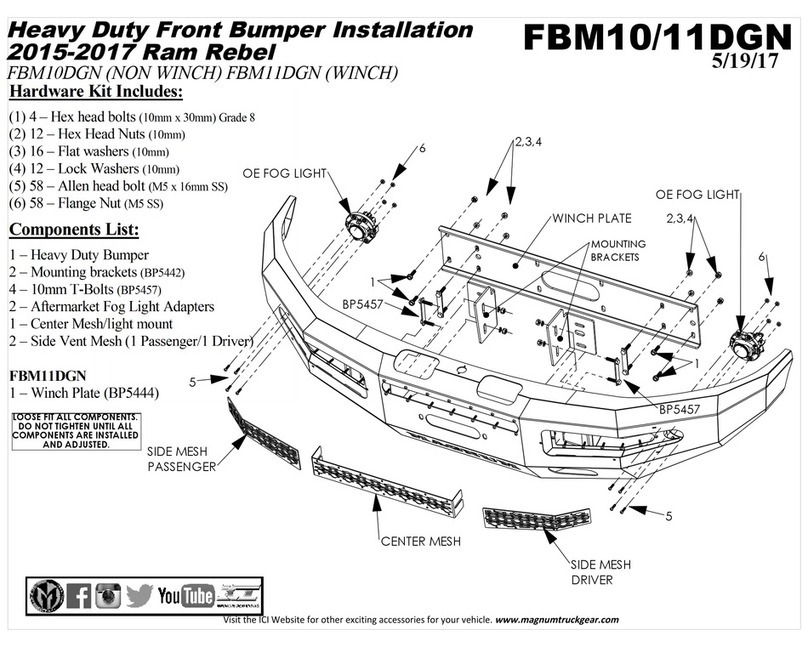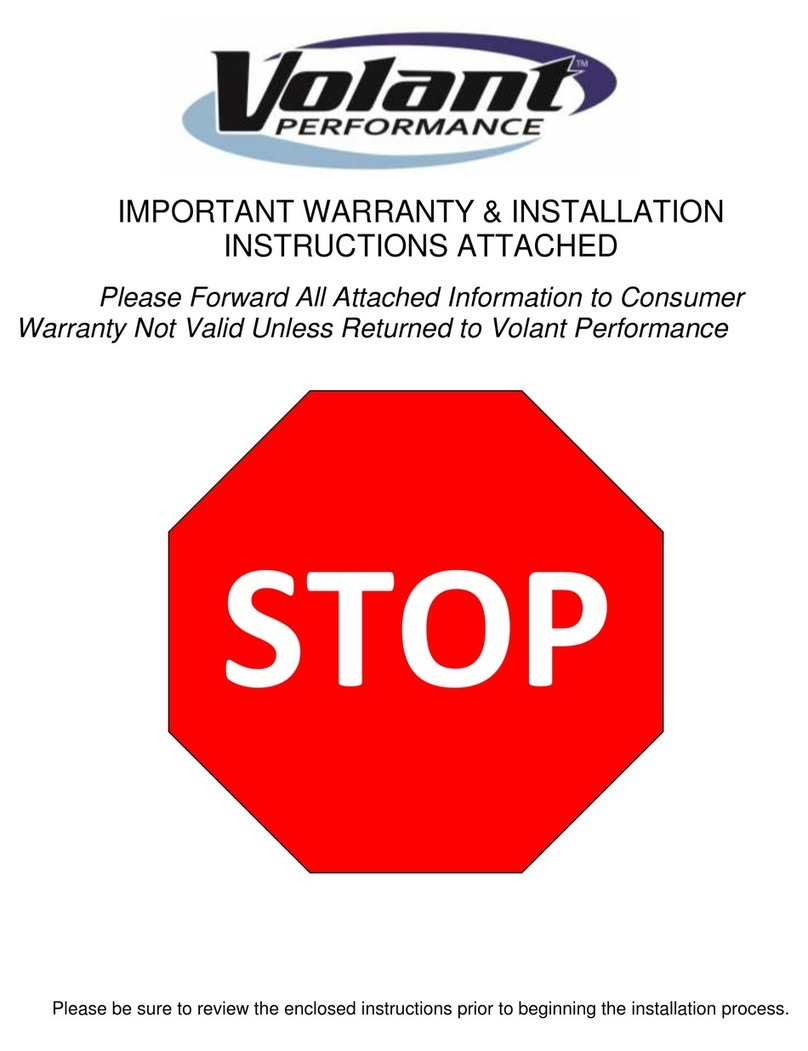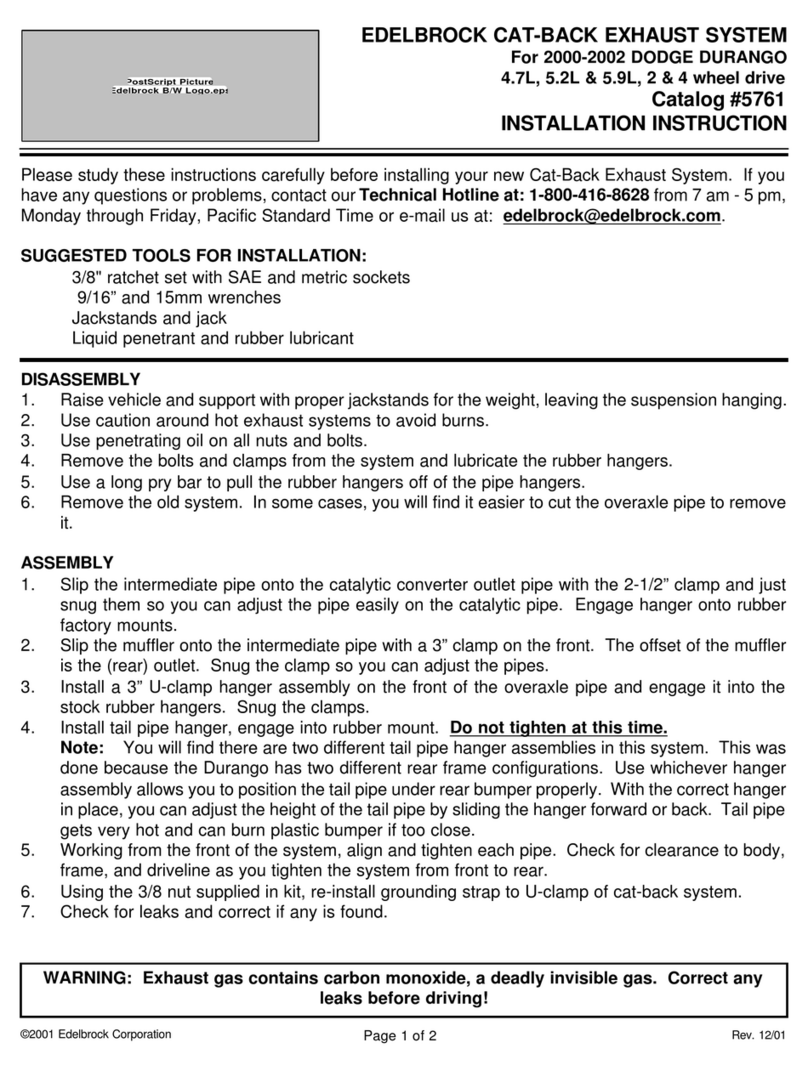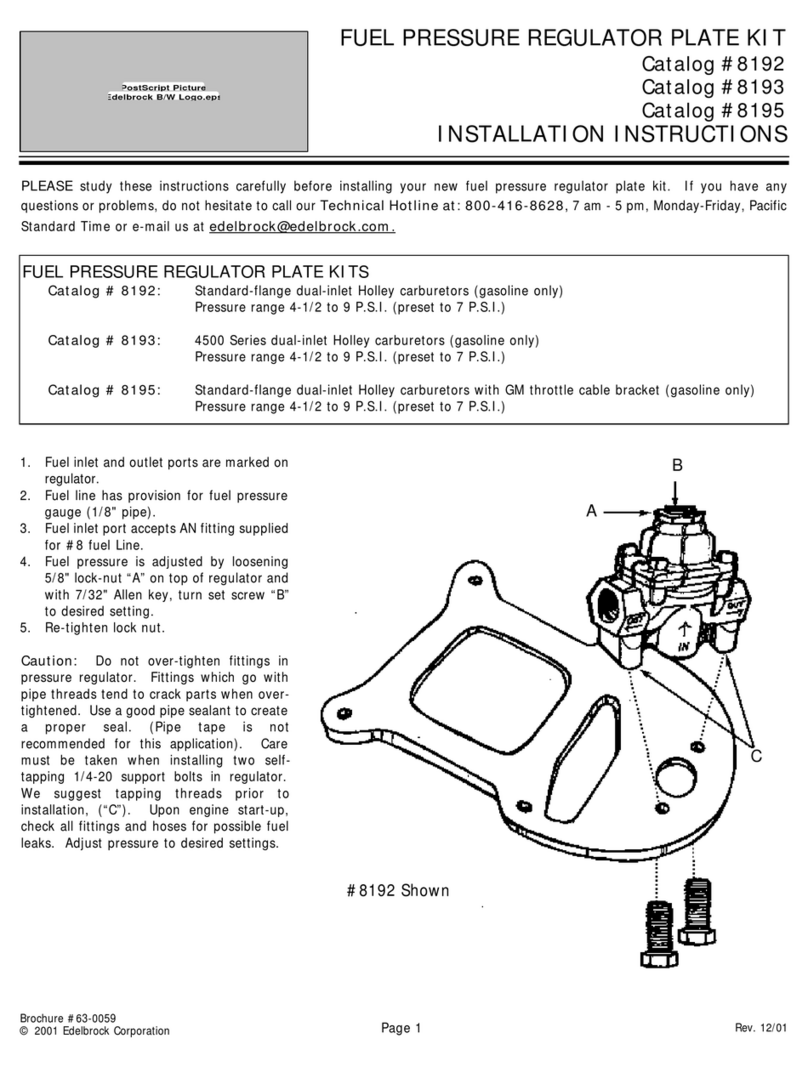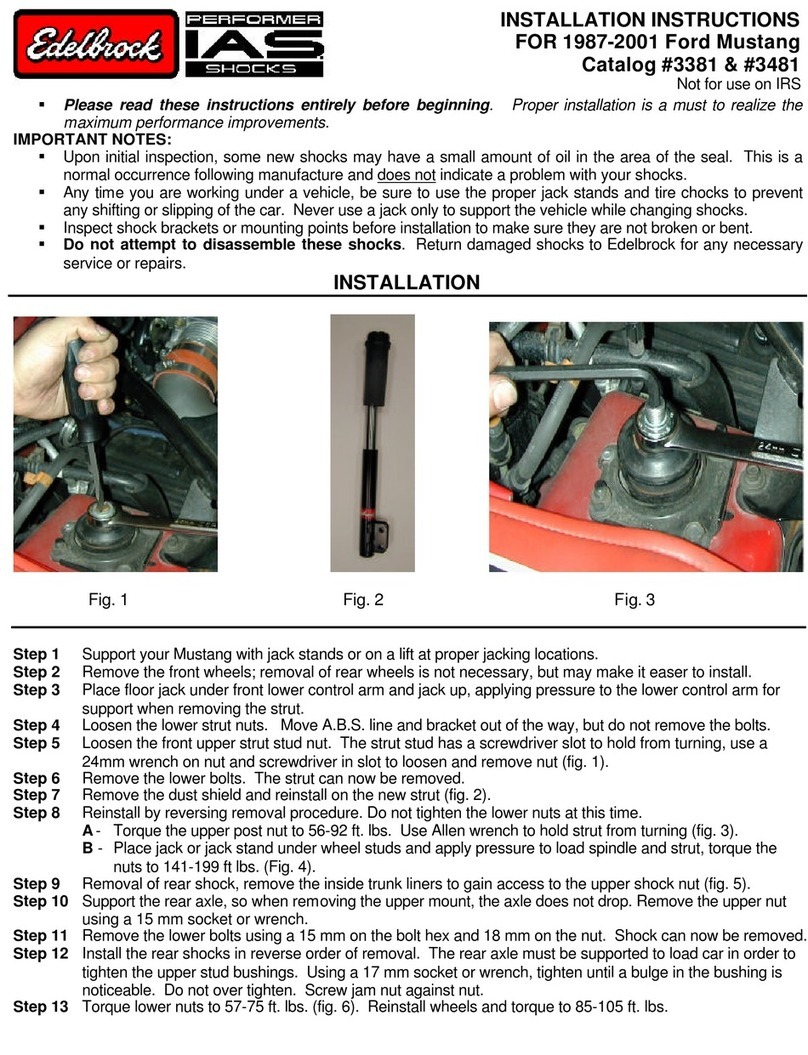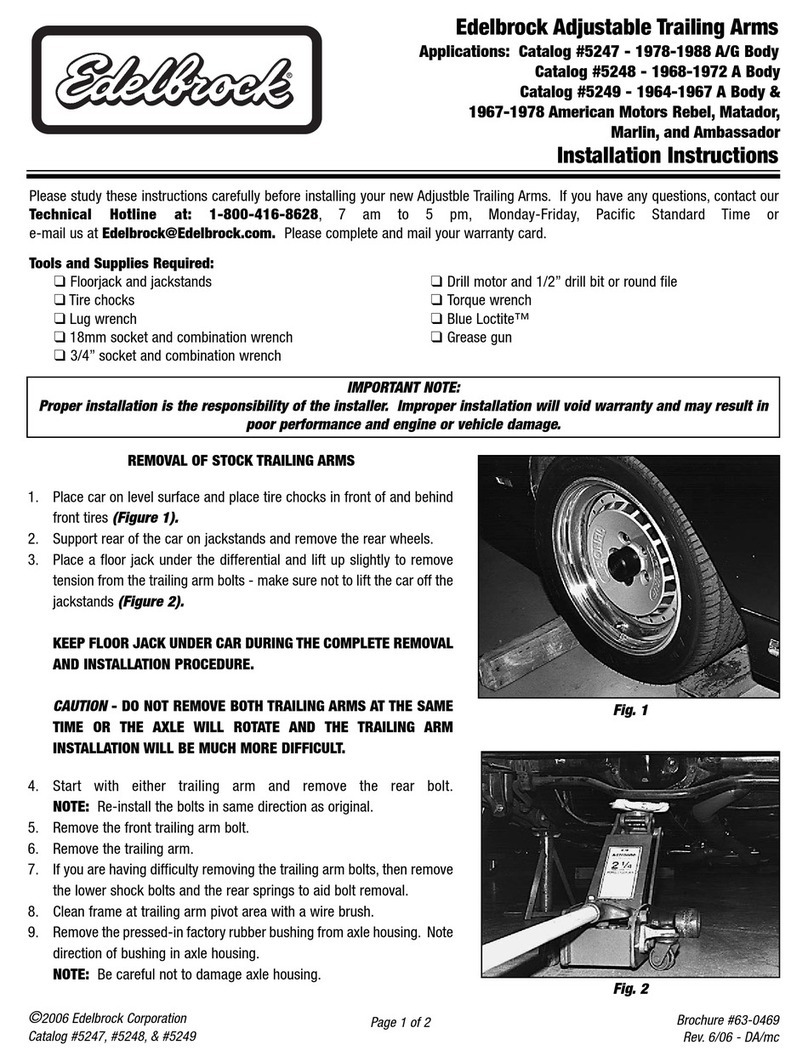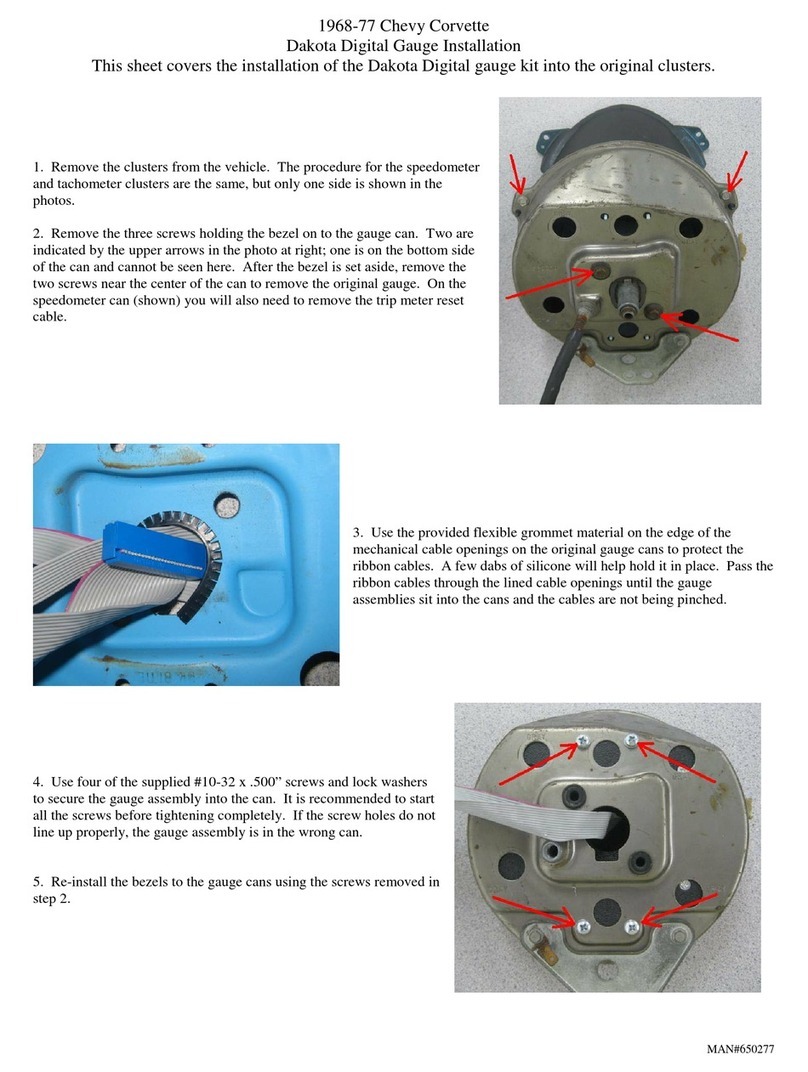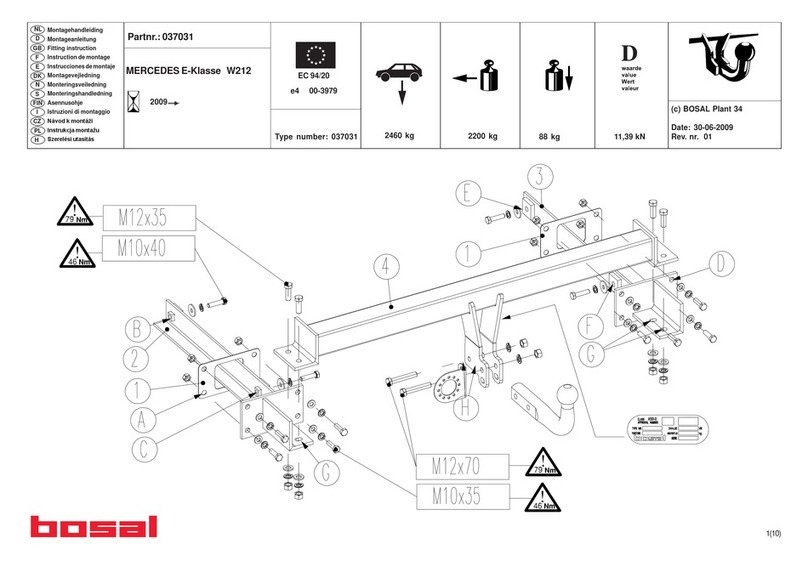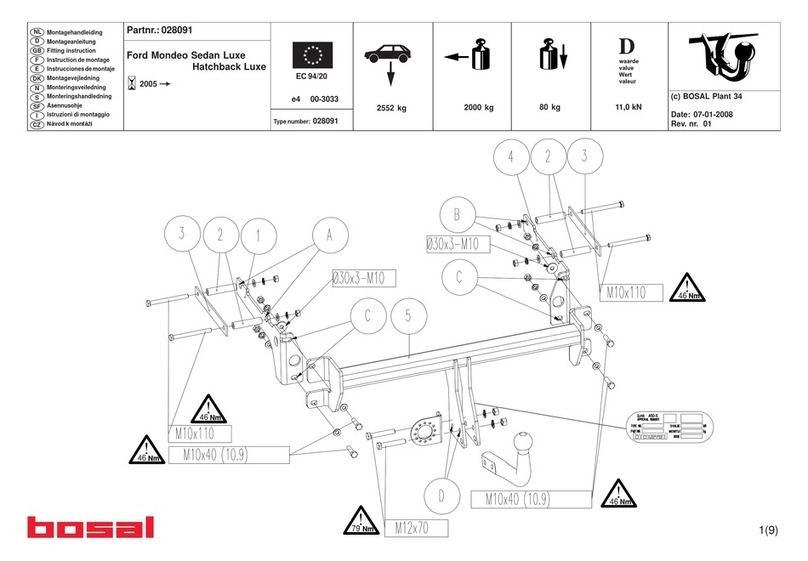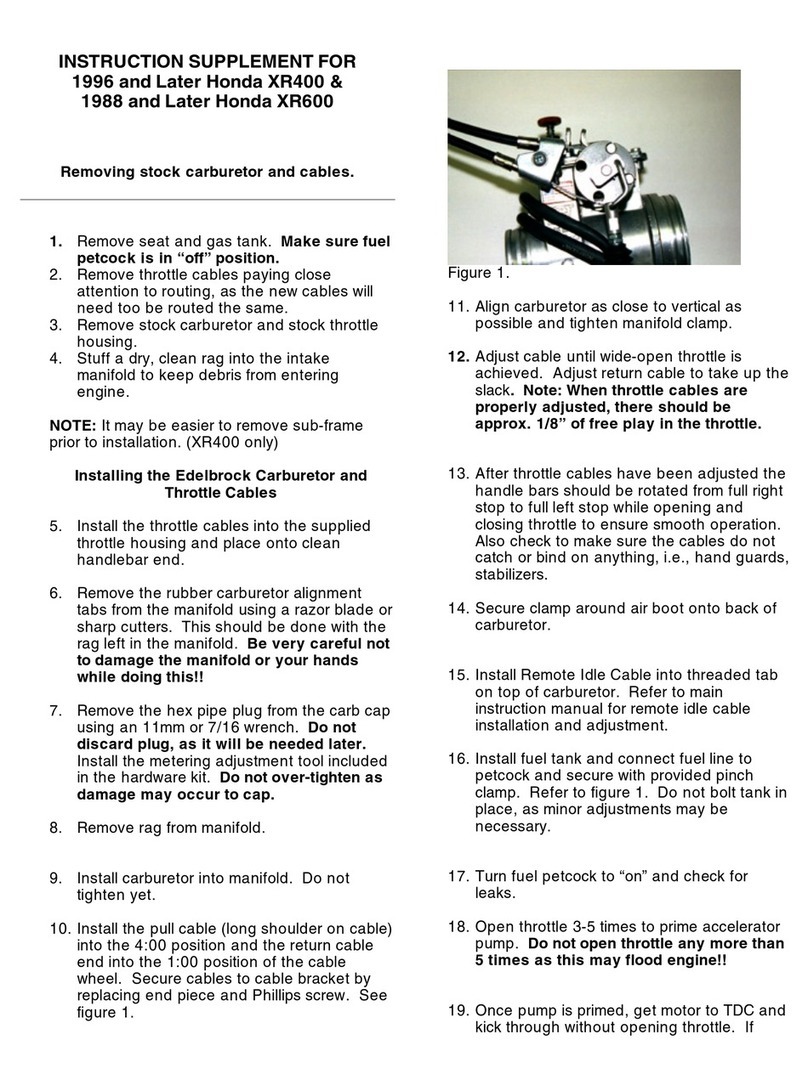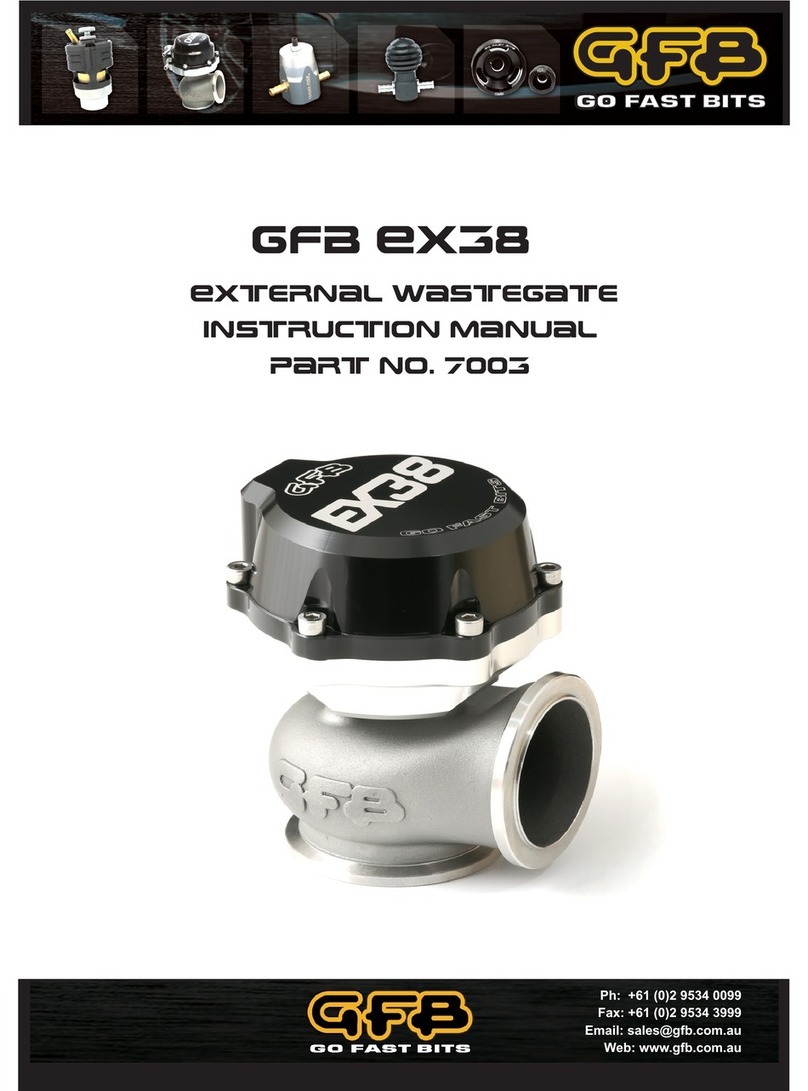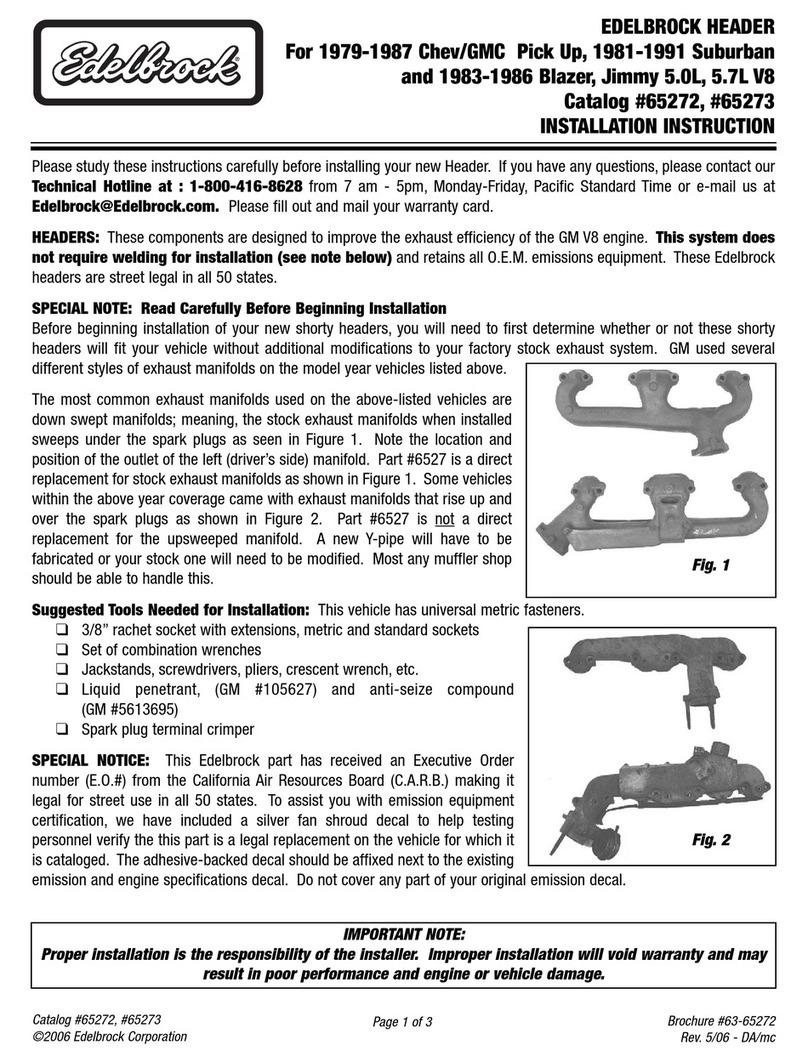
M:\Product Information\366-348\Instructions\366-348 MGB Fuel Injection Installation Instructions_Grant_2.doc
366-348 Fuel Injection Conversion
Installation Instructions
1975-1980 MGB
with a Zenith Stromberg Carburetor
CARB E.O. Number D-453-4 (75-79)
Introduction
The US Spec MGBs built from 1975 on were designed around the emissions standards adopted by the
United States. The engine and the emission control components constitute a single system that work
together to burn fuel more efficiently and produce less pollution. When new, the cars had a reputation for
cold start problems and general drivability issues. These historical problems have been compounded by a
lack of replacement parts. It’s no surprise that tuning the car and getting it to run correctly is very difficult,
and many owners have found it impossible to meet the emission standards applied to these cars. Instead
of simply getting the ZS carb parts manufactured, we decided to address all of the problems by
eliminating the ZS carb entirely. After considering all the options, we decided to develop a fuel injection
system.
You will be happy to know that the fuel injection system completely eliminates the cold start and general
drivability issues long associated with the ZS carburetor. This kit will turn you MGB into the car you
wanted when you bought it- a classic British sports car that starts every time, runs smoothly, accelerates
cleanly, and is just plain fun to drive. On top of that, this kit (in conjunction with all the original emission
control equipment) brings the car back into compliance with the emission standards. We have gone
through the California Air Resources Board (CARB) certification process and we were issued CARB
Executive Order D-453-4 for the 75-79 MGB as a result.
This kit is designed and engineered specifically for a stock 75-80 MGB in good mechanical condition with
all the original smog equipment in place and working. Before you lift a wrench, do a complete tune-up to
factory specifications. Check the compression, adjust the valves, and most importantly, make sure your
ignition system is working as it should. Worn distributor shaft bushings, old plugs, bad plug wires, worn or
cracked distributor cap and rotor, or non-functional mechanical and vacuum advance mechanisms will not
be cured by adding fuel injection. Our fuel injection system cannot bring a car into compliance with
emission regulations if the catalytic converter is shot.
We realize that many of the 75-80 MGBs no longer have all the original equipment. Many of the ZS carbs
have been converted to a manual choke. Catalytic converters have disappeared. The OE cam may have
been replaced with an earlier version. We have prepared instructions based on two MGBs, a 78 and an
80, that were mostly unmodified and they still had the emissions equipment intact. Cars that have been
modified will require some improvisation, and I regret that we are not going to be able to tell you how to
deal with these variations. We have installed this kit on several cars, and installed and removed it several
times. We have spent literally weeks fine tuning the instructions. Inevitably, there will be something we
missed, or something we did not explain well enough. You can help us improve this product by sharing
your experience- if you have any comment or suggestions, we’d like to hear them. Please log onto
http://www.mossmotors.com/ and select “Contact Us”; a simple email form will pop up.
Page 1 of 52
